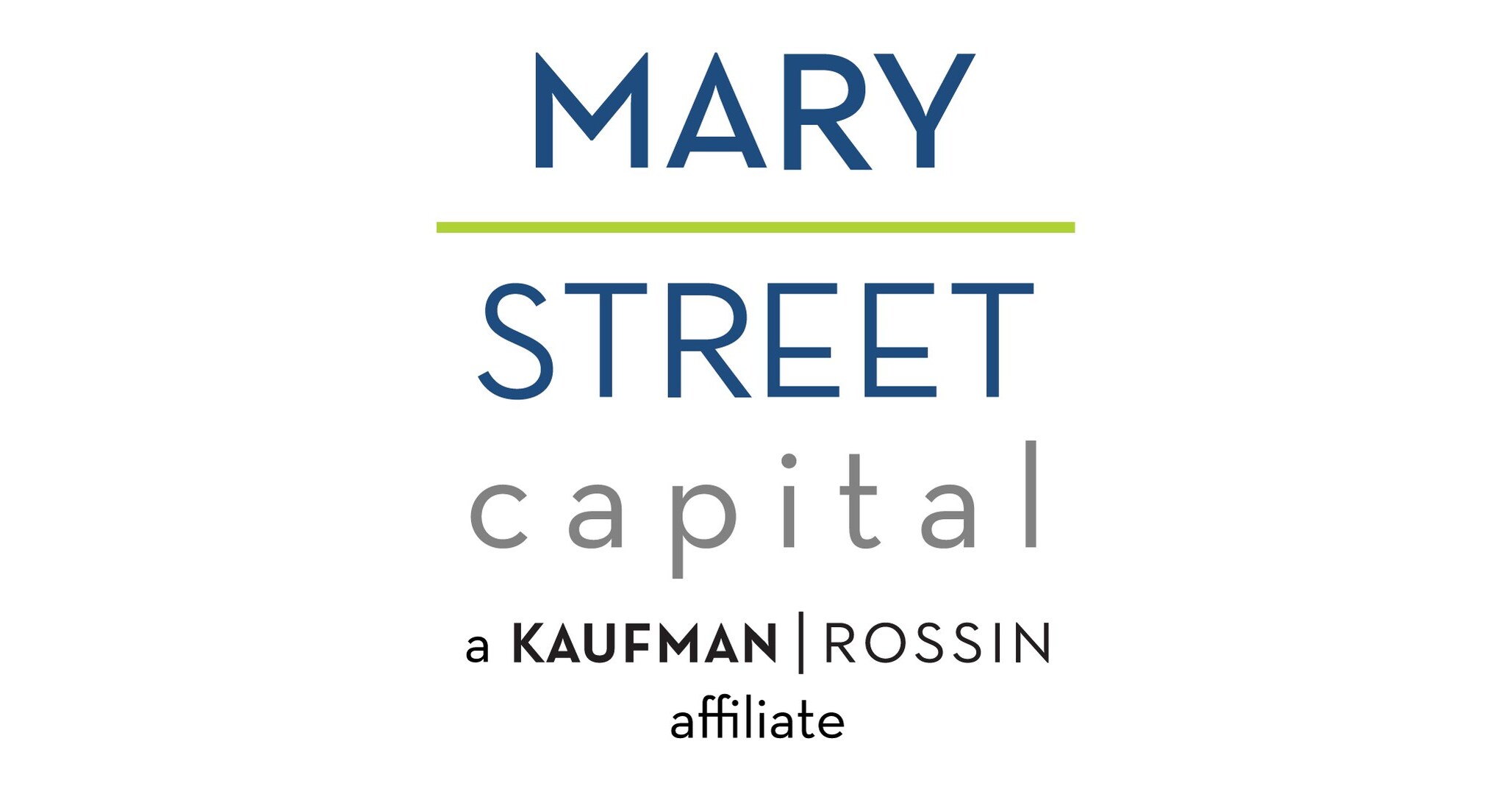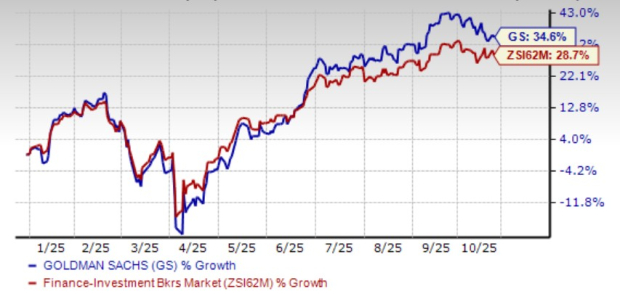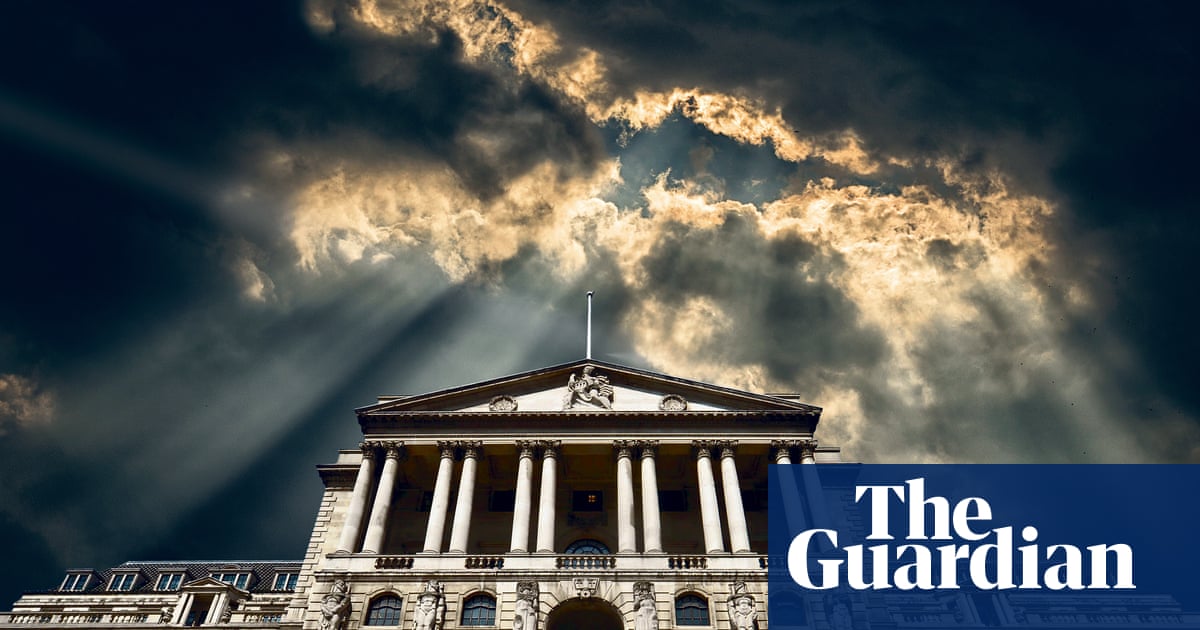highlight investment banking rebound and loan strength

Major U.S. banks are reporting third-quarter results this week, with solid performance from investment banking and trading desks supporting earnings. Some lenders, including Wells Fargo and Goldman Sachs, are benefiting from a pickup in corporate activity and stronger balance sheets.
BNN Bloomberg spoke with Paul Harris, portfolio manager at Harris Douglas Asset Management, about the key trends shaping U.S. bank earnings and what to watch as regional consolidation and private credit risks come into focus.
Key Takeaways
- Investment banking results improved across JPMorgan, Goldman Sachs and Citi, helped by volatility and corporate dealmaking.
- Wells Fargo gained investor confidence after emerging from regulatory oversight and providing achievable guidance.
- JPMorgan remains a top-rated lender despite higher loan loss reserves tied to consumer risks.
- Regional bank mergers are expected to increase as the Trump administration signals support for consolidation.
- Private credit stress bears watching, but major banks remain diversified with stronger capital buffers.

Read the full transcript below:
ANDREW: Let’s get more on these U.S. bank earnings. We’ve heard from major lenders including JPMorgan, Goldman Sachs, Wells Fargo and Citi, with Bank of America set to report tomorrow. Our guest says U.S. bank shares have held up well in recent months, though some names are showing weakness today. We’re joined by Paul Harris, portfolio manager at Harris Douglas Asset Management. Paul, great to see you. Could you start with Wells Fargo? It’s been under a cloud in recent years, but investors seem encouraged by the forecast this morning.
PAUL: Yes, as you mentioned earlier, banks have performed well heading into the quarter, though there was some weakness earlier on. I think investors like the Wells Fargo story because the company has come out of a difficult period under regulatory oversight. It’s now free from many of those constraints.
Wells Fargo is largely driven by its consumer business rather than investment banking, which isn’t as big as at JPMorgan or Goldman Sachs. The bank’s guidance looks achievable, which is important for investor confidence. Wells was undervalued going into earnings, making it cheaper relative to peers like JPMorgan. The company seems to be meeting its targets both on the investment and retail banking sides.
ANDREW: JPMorgan shares are down, even though the results beat expectations.
PAUL: That’s right. There were high expectations going in, especially for investment banking. JPMorgan did increase its loan loss reserves on the consumer side, suggesting some concern about potential weakness among borrowers. Tariff increases and other pressures could weigh on consumers over time.
Still, JPMorgan continues to perform exceptionally well and is widely seen as having the best management team in the industry under Jamie Dimon. Investment banking at JPMorgan, Goldman and Citi has been strong, benefiting from market volatility and renewed corporate activity. The Trump administration’s policies have also encouraged more mergers, IPOs and corporate financing. Those trends should continue through year-end.
Overall, investment banking has been a tailwind for the major banks after several quarters of weakness. These stocks have performed well, even with recent pullbacks. JPMorgan remains the highest-rated of the big money-centre banks, while Citi is the lowest-rated as it continues its major restructuring.
ANDREW: Citi’s stock is basically unchanged, and Goldman Sachs is up slightly. Anything stand out to you from Goldman’s results?
PAUL: Goldman is, at its core, an investment bank. Retail banking has never been its strength, and it has scaled that back. The firm continues to perform strongly in investment banking and asset management, and I expect that to continue.
Another theme to watch in U.S. banking is potential M&A activity among regional lenders. We’ve already seen deals involving Fifth Third and Comerica, and that’s likely to continue under a Trump administration that’s more open to consolidation. Banking is a scale business, and regional mergers make sense. The big money-centre banks can’t realistically do large acquisitions anymore because of their size, though smaller deals are possible.
Overall, I think the environment for M&A and IPOs looks very favourable for large investment banks.
ANDREW: I’ve been mentioning this today — Politico reports that stress in U.S. credit markets is raising concerns reminiscent of 2008, especially after failures in the private credit space such as Tricolor and First Brands. Could this be a warning sign for the financial sector?
PAUL: Private credit is certainly an area to watch. The problems there are more likely to affect firms like Apollo and other dedicated private credit funds than traditional banks. Those funds could face real trouble if some of their loans go bad, as we’ve seen in Canada’s real estate sector where redemptions were suspended.
Banks, on the other hand, have a better handle on their credit books and are far more diversified. They’ve built stronger reserves and risk management systems since 2008, which should help them manage through any stress in private credit markets.
ANDREW: Paul, thank you very much for joining us.
PAUL: My pleasure.
ANDREW: Paul Harris, portfolio manager at Harris Douglas Asset Management.
This BNN Bloomberg summary and transcript of the Oct. 14, 2025 interview with Paul Harris are published with the assistance of AI. Original research, interview questions and added context was created by BNN Bloomberg journalists. An editor also reviewed this material before it was published to ensure its accuracy and adherence with BNN Bloomberg editorial policies and standards.
link






